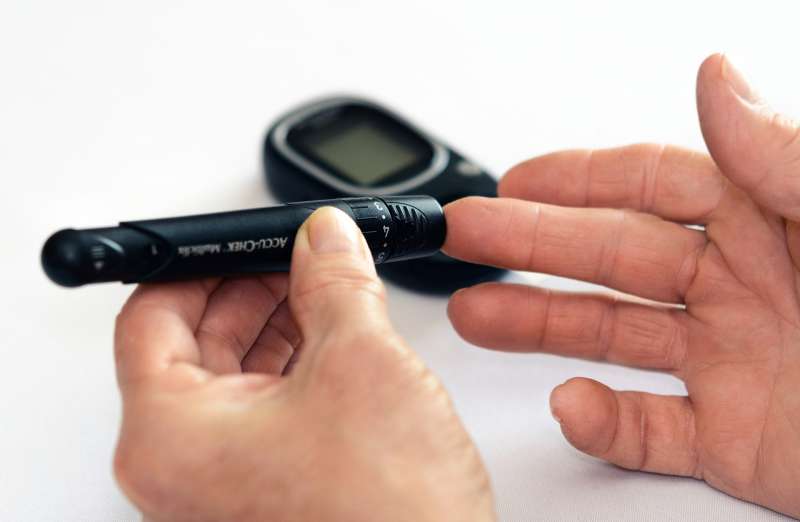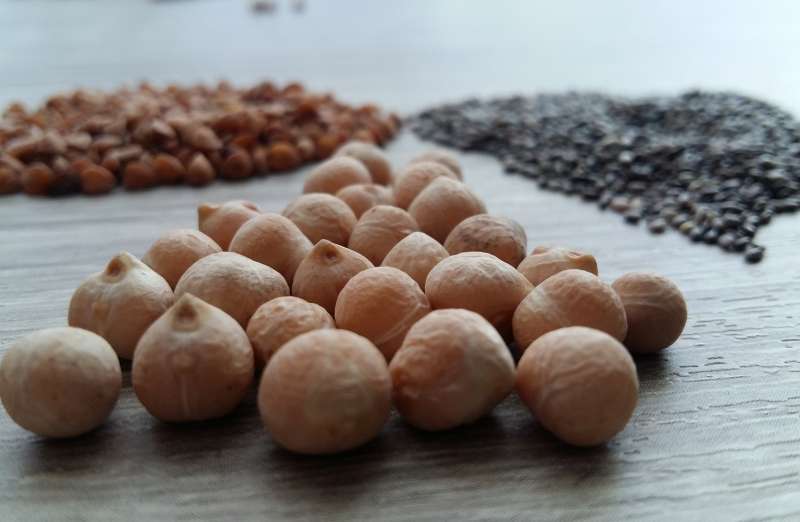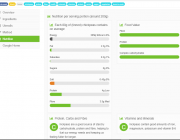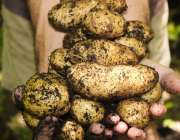- Email: info@yournutrition.site
- Home
- Living well
- Services
-
Recipes
- Recipes overview
- Large nutrition filter
- Breakfast
-
Lunch
- Spiced lentil soup
- Curried butternut squash and peanut butt
- Hearty leek and potato soup
- One pot spanish rice and bean soup
- Roasted veg filled herb egg rolls
- Spanish tortilla
- Vine tomato soup
- Chickpea and chorizo soup
- Pumpkin, sweet potato and ginger soup
- Minestrone soup
- Hot plum and fennel salad
- Chickpea and spinach curry
- Pink scottish salad
- Potato, pea and mint tortilla
- How to make your own kimchi
- Skirlie ball recipe
- Spiced carrot & lentil soup
- Poached eggs with grilled vegetables on
-
Dinner
- Hearty root veg curry
- Tarka dal
- Batch cooked beef stew
- Batch cooked chicken biryani
- Spiced pilau rice
- Pesto risotto with caramelised onions
- Mexican style sweet potato gratin
- Idiyappam
- Pumpkin risotto
- Jamaican black bean stew
- Balsamic roasted beetroot
- Easy peasy pizza
- Carrot and celeriac gratin
- Leek and potato cake
- Kale pesto
- Macaroni cheese
- Joe's healthier chilli
- Chicken jalfrezi
- Snacks
- Desserts
- Special diets
- Learn to cook
- Testimonials
- About
-
News
- News overview
- Nbite
- Nutrition News
- Site News
-
General News
- Coming soon
- Local News
-
Promotions
- Coming soon
-
Competitions
- Coming soon
- Links
- Contact
-
Nutrition News
- Home
- News
- Nutrition News
- The right way we should be treating type 2 diabetes
The right way we should be treating type 2 diabetes
- May 11, 2018
- Joe Jones
- 892 words, Reading time around 5 minutes
- Nutrition News
-
Home
diet health vegetables Type2 Diabetes treatment processed carbs
Type 2 diabetes

Blood sugar test
When food is eaten, it’s broken down into glucose, causing a rise in blood sugar (glucose) levels. The body’s natural response is to increase levels of the hormone insulin; this hormone allows the glucose into various body cells to be either used for energy by the cell or to be stored ready to be used at another time. Type 2 diabetes can develop when, over a long period of time there has been a regular high intake of sugar (glucose), as the insulin receptors are constantly being stimulated to produce insulin, the receptors begin to become less sensitive, so work less effectively. This means less glucose is removed from the blood, leaving levels elevated.
For years and still now, this condition has predominantly been seen, and treated as a high blood sugar problem and so is treated with medication to reduce the levels of glucose in the blood. These medications are mainly in tablet form with metformin or sulphonylureas being the 2 most common types used.
How the standard treatment for type 2 diabetes is wrong
Metformin works by decreasing the amount of sugar absorbed by the small intestine and reducing the amount of glucose the liver releases into the blood. Sulphonylureas work by stimulating the insulin producing beta-cells of the pancreas to produce more insulin. Along side these; a new type of medication has also recently been approved called Dapagliflozin, which acts on the kidneys to help re-absorb glucose from the blood which the body then excretes within urine. If these medication methods fail to reduce blood sugar levels then another treatment used is insulin injections.
The problem with these common methods is that they do nothing to tackle the main cause of type 2 diabetes which is insulin resistance. This is when the body’s cells no longer respond properly to the insulin being produced by the pancreas, meaning, less glucose is taken into the cells leading to increased blood sugar levels. Over the last few years, major studies into the causes of type 2 diabetes have shown that treatments targeting the reduction of blood sugar levels make little difference at all to improving the underlying main problem of insulin resistance. In fact, in the case of insulin injection treatments, this approach actually worsens the problem of insulin resistance and therefore the disease of type 2 diabetes. As more insulin enters the body, the more insulin resistance occurs, leading to a higher dose of insulin used which causes further insulin resistance and so on. The best way to effectively treat the issue of underlying insulin resistance, is not to add more insulin but to reduce insulin levels coming into the body.
Most effective treatment for type 2 diabetes

Fibre rich pulses and grains
Common medical information and advice on Type 2 diabetes, is that it is a disease that usually gets worse over time and that most people will need to take medication to control the condition for the rest of their lives. This advice just isn’t the case at all for most people, it is the medication that is masking and exasperating the real issue of insulin sensitivity.
Rather than medication, one of the most effective and easier treatment methods to stick to as part of a long term positive lifestyle change, that can stop and often reverse type 2 diabetes is intermittent fasting. Our body’s natural process is to store energy from the food we eat and release it again when needed. The problem with today’s food culture is that we are almost always eating, and more than ever before, we are eating foods that are heavily processed and full of fast release energy such as sugars and little else. It is this almost constant intake of processed foods, causing a constant release of insulin which leads to insulin sensitivity in the body’s cells and therefore type 2 diabetes.
Fasting has been used for centuries as part of many people’s normal healthy life practices. It can be used at any time to fit in with your own individual lifestyle, by simply extending the time periods between meals. The easiest way is to eat dinner earlier and breakfast the next day later, this can extend the normal fasting period around when we stop eating, go to bed and get up the next day from on average around 8-9 hours to 12-14 hours. This doesn’t have to be rigorously followed every day; it can be done on alternate days even 2-3 days a week and alongside dietary change will make a big difference.
During these periods of fasting, the body will turn to its stores of glucose and fat to use for energy, meaning insulin is no longer needed to be produced. Over a period of weeks and months this will cause insulin sensitivity to reduce, therefore insulin will start to work more effectively again and blood sugar levels will naturally reduce.
So, bringing this all together.
To effectively treat the actual cause of type 2 diabetes. A dietary change needs to be made along with periods of fasting. Swapping most highly processed foods normally eaten, for natural whole foods higher in fibre, such as vegetables and whole fruits, legumes (peas, lentils, chickpeas) whole grains, oats, brown rice. These lifestyle changes will not only stop and can even reverse type 2 diabetes; they will also naturally reduce body fat levels and improve overall health.
For more information on diabetes in general and other diet related health issues and advice, see our Living Well section.











